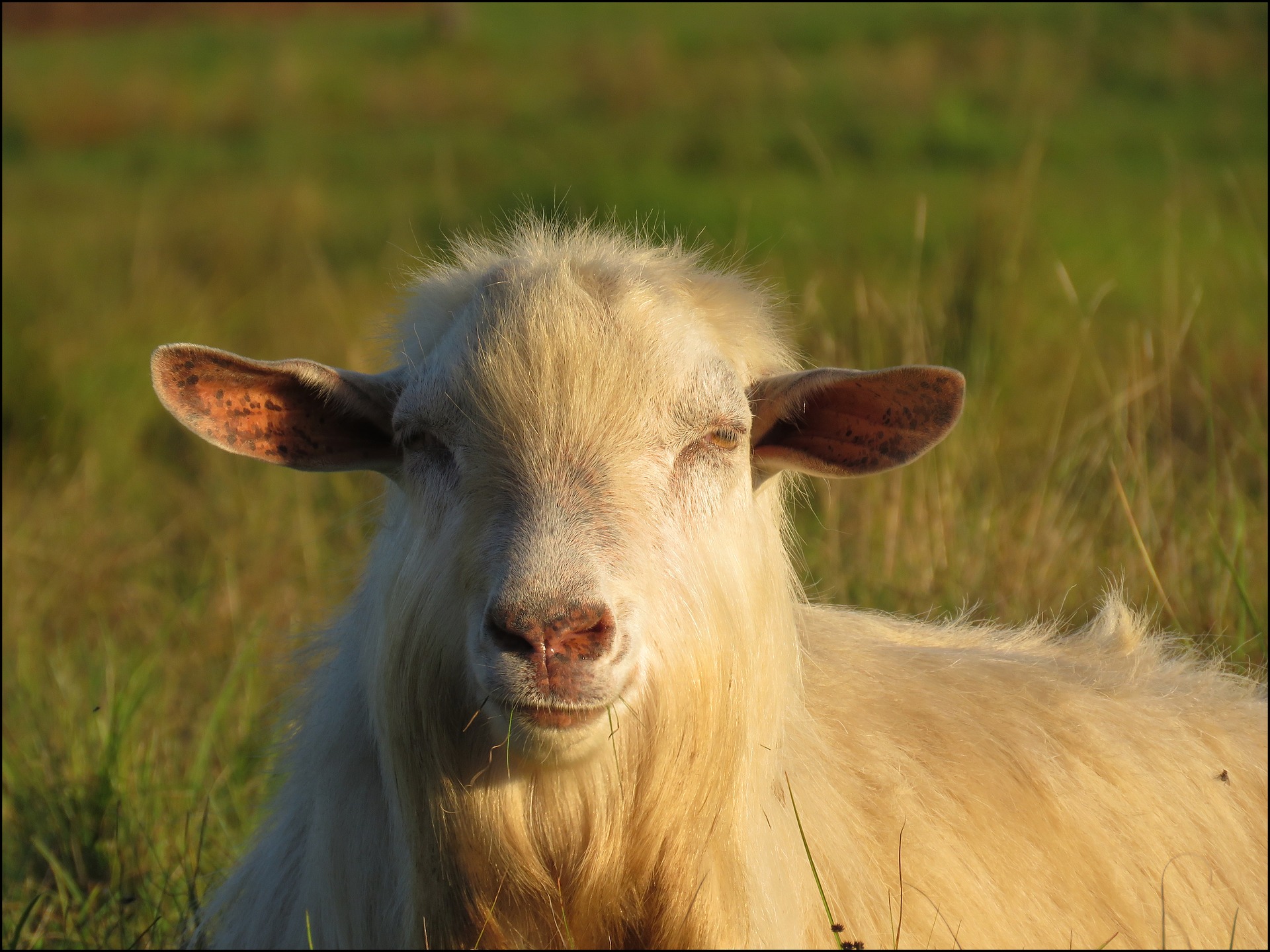I Tried It: Sherry
What? Sherry isn't beer! This is a beer blog, not an episode of Frasier. What is going on here?
You may recall a few weeks ago I tried brewing hop tea to help develop my palate and learn how to distinguish different types of hops. This week, I continued my pursuit of palate development by sampling sherry and port.
Why sherry and port? My, you have a lot of questions this week. If you've been studying or are already familiar with the BJCP Guidelines, then you probably already know the answer. If you haven't been studying or aren't familiar with the BJCP Guidelines, download them immediately after reading this blog post.
Several beer styles, particularly those that are higher in alcohol and/or meant to age, are described as having sherry or port-like notes. Such styles include Baltic Porter (port), Old Ale (sherry and/or port), English Barleywine (sherry and/or port), Imperial Stout (port), Weizenbock (sherry), Oud Bruin (sherry), and Wood Aged Beer (sherry and/or port). Simply put, Sherry is a fortified wine that is made in Spain and Port is a fortified wine that is made in Portugal.
When I read many aroma and flavor descriptors for beer, I am usually familiar with most of the descriptors. For example, if something is described as having caramel, toffee, or pineapple characteristics, I can probably identify those notes in a beer. When I encounter a description with which I am unfamiliar, I am making an effort to seek out that flavor and/or aroma to add it to my memory bank of beer descriptors.
Which is not to say I'm going to smell and lick a horse blanket or a goat anytime soon, so don't look for those I Tried Its in the near future. Although here are some goats who look like they probably wouldn't mind a smoocharoo:
With the exception of trying sherry once about ten years ago after a Frasier-watching marathon, I had never tried sherry or port. I learned quite quickly once I got to the sherry and port aisle that being good at picking out beer to drink did not give me an innate ability to pick out decent sherry or port. I had no idea what the descriptions meant. Cream? Gross, probably not. Dry? Medium? Medium seemed like the most well, medium, out of all of the bottles of sherry, so I grabbed not the cheapest bottle but maybe like the third cheapest bottle. I did the same for the port and felt a little embarrassed when buying both bottles, like if someone told me they were learning about beer while buying a case of macro light beer-like fizz water drink. However, I at least acknowledged that I probably wasn't buying the best examples of either sherry or port, so I knew not to write off all of sherry or all of port if I didn't like one or either of them.
As it turns out, if I had done even a little bit of research ahead of time, I would have learned that the Consejo Regulador (regulating body for wine) in Spain breaks sweetened sherries down into four types according to sweetness level: dry, pale cream, medium, and cream. The brand I bought fell into the euphemistically-named subcategory of "supermarket sherry," so my suspicions about the quality of my sherry choice were confirmed.
Based on my previous Frasier-induced sampling of sherry, I wasn't looking forward to trying sherry again as I remembered my experience being that I took one sip, screwed up my face, and said "GAH-ROSS! That's what the Crane brothers are always drinking?!?" Happily, my palate has improved significantly since then as I thoroughly enjoyed my sherry this time around.
When I first tasted the sherry, I immediately thought that it tasted like an Old Ale or a Barleywine. The flavors I was experiencing with the sherry were the same flavors I have tasted in several beers. Then I realized that it wasn't that the sherry I was drinking tasted like the beer that I had had before, it was that the beer I had before had sherry notes in it. I was reminded of an article I had read years before about the article's author dining with the Maasai people in Kenya. One of their traditions is to drink the blood from their cows by puncturing the necks of their cows. When the author drank his cow's blood, he remarked on much the cow's blood tasted like steak before realizing that it was steak that tasted like blood and not the other way around. I had a similar experience with drinking sherry.
As far as the port goes, I was already a sherry or two in before I tried it, so my research ambitions were a bit dampened. I didn't find that the flavors in port reminded me as much of flavors I had had in beer before. Although I will certainly try port again in the future, I found that the port I bought reminded me more of red wine with a cup of sugar added to it more than it reminded me of a high gravity, aged beer.
Now that I've taste both sherry and port, I can add them to my available descriptions of beer. I encourage anyone who is wanting to develop his or her beer palate to start breaking beer descriptions down into as many elements as possible. Try different grains, try different hops, try the fruits listed in beer descriptions as well as any other flavors. Heck, kiss a goat if you think it might be helpful!







